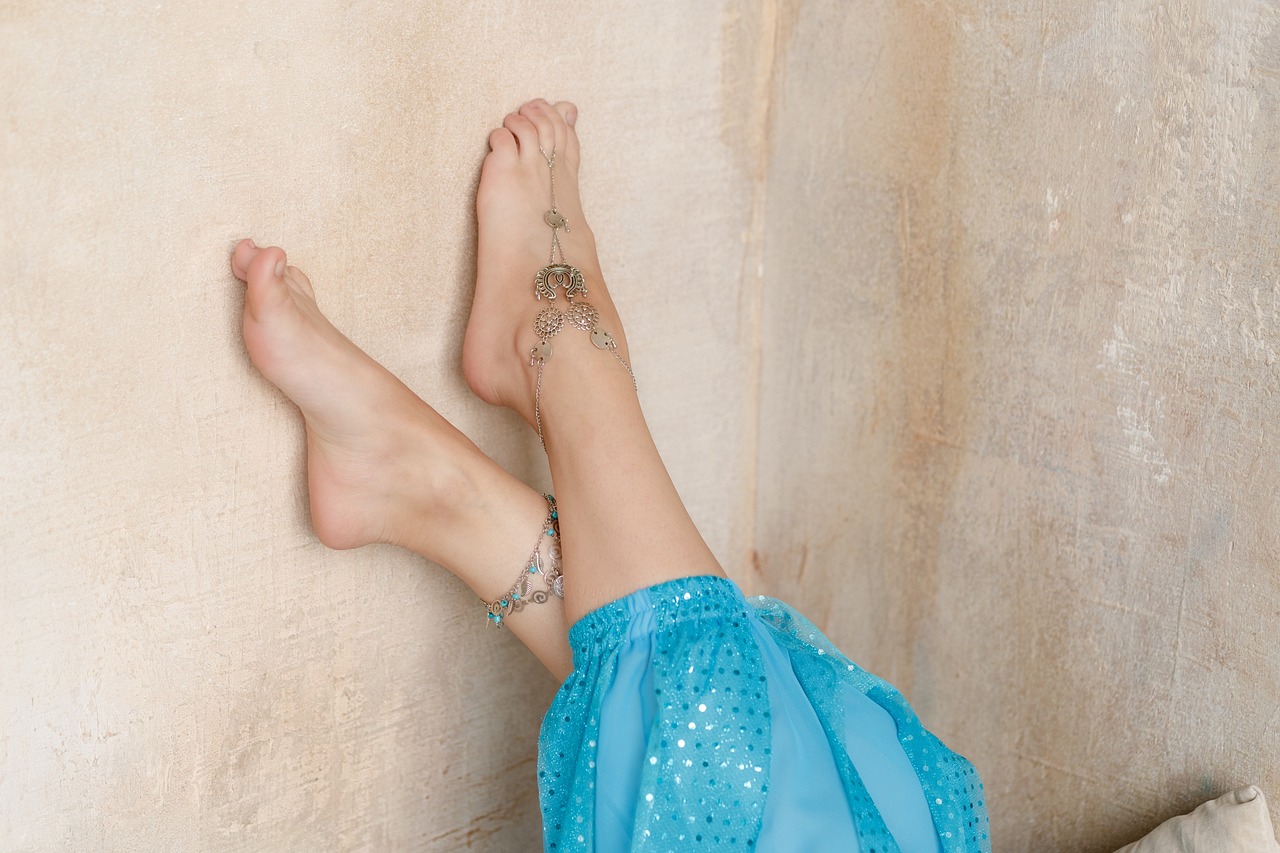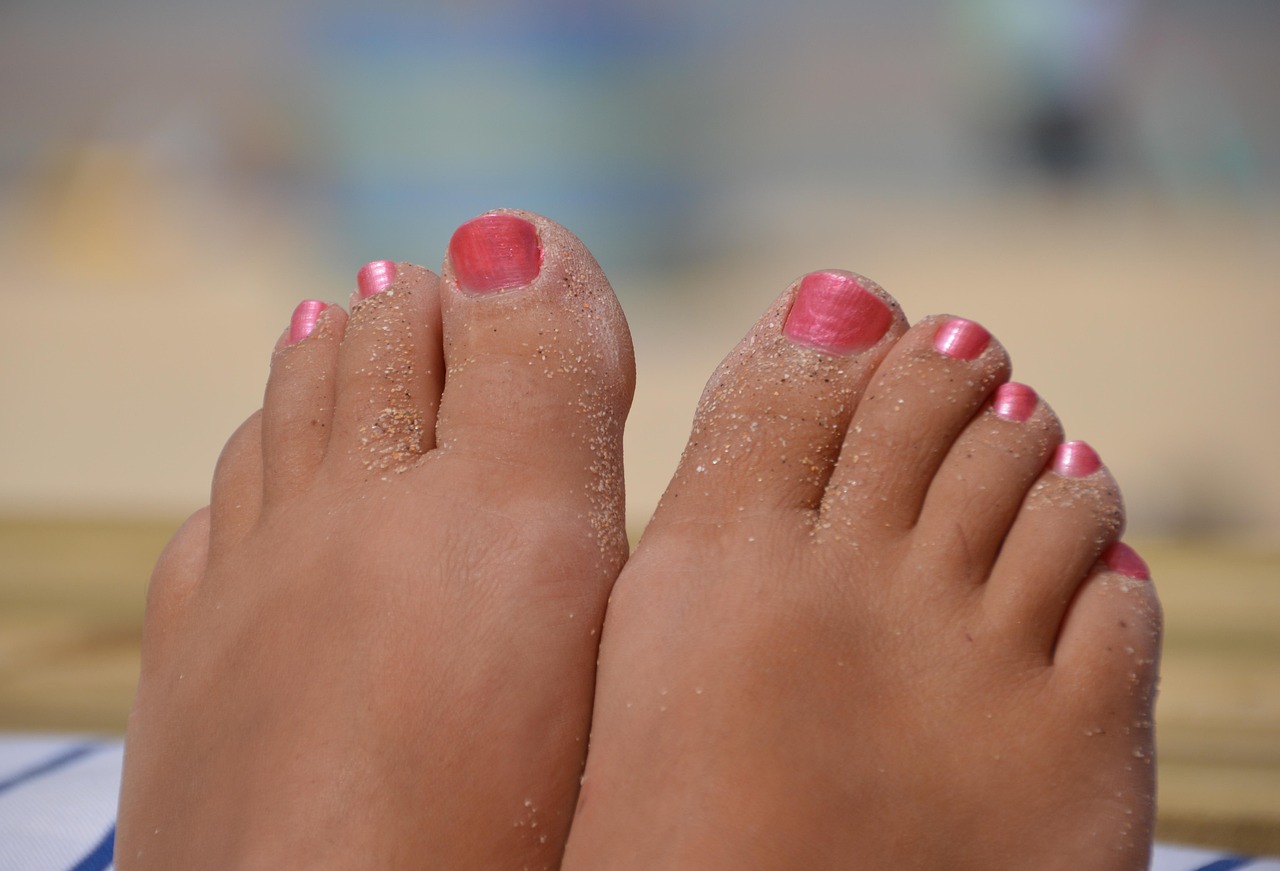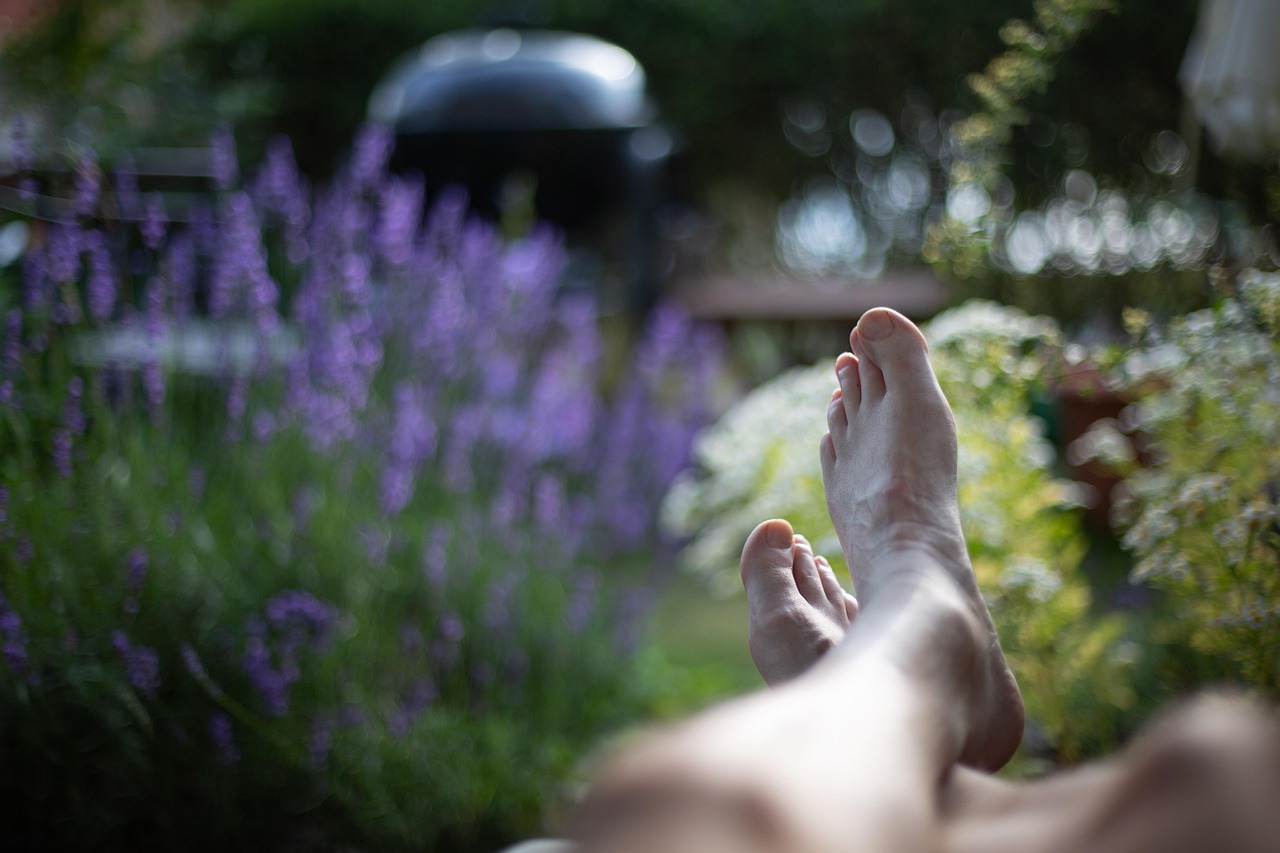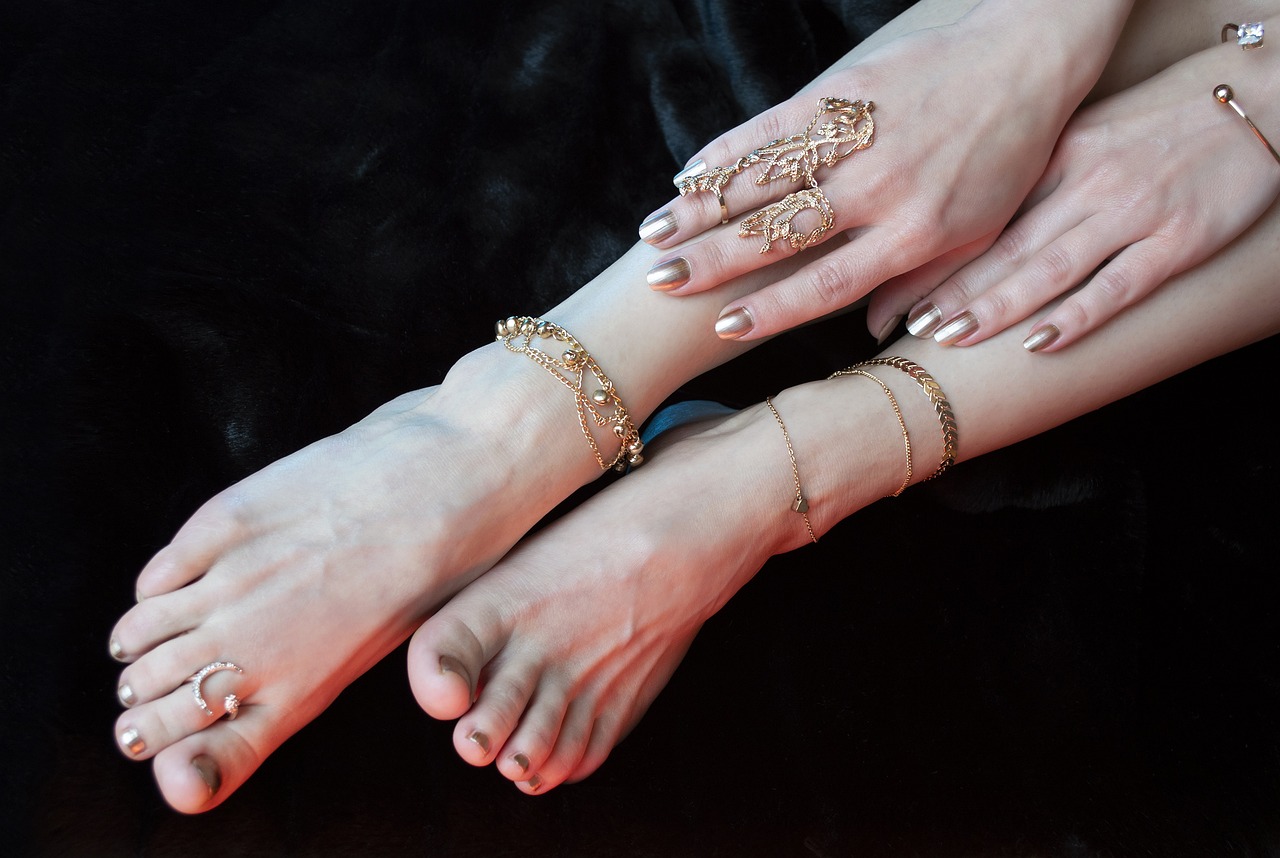You’ve bought the foot cream, exfoliated like the instructions said, and even started wearing socks to bed. But a week later, your heels still feel rough. The cracks? Still there. If you’ve ever asked yourself,
“How long does it actually take to fix this?”,
you’re not alone.
The truth is, repairing damaged heels isn’t a one-size-fits-all timeline. Your skin’s condition, lifestyle habits, and product choices all play a role. But with the right strategy and consistency, most heel damage is reversible — and often faster than you think.
In this guide, we break down what impacts healing time, what results to expect, and how to fast-track recovery with the support of The Beauty Pure‘s foot care essentials.
Table of Contents
Toggle🧬 The 3 Stages of Heel Repair
Before you look at the clock, it’s important to understand that damaged heel skin heals in phases:
1. Surface Softening (1–3 days)
The outermost layer of your skin, often thickened and flaky, starts to soften after a few days of consistent moisturization.
Use:
👉 Lapitak Foot Care Cream daily to replenish hydration
2. Deep Repair & Crack Healing (5–14 days)
Cracks begin to close and repair from the inside out — especially if you’re using a cream designed to support cell regeneration and elasticity.
Use:
👉 Lapitak Cream for Cracked Heels to restore barrier function and reduce discomfort.
3. Maintenance & Prevention (2+ weeks and beyond)
Once the skin heals, keeping it that way depends on routine care. Without it, cracks may return in days.
⏳ What Affects How Fast You Heal?
Let’s break it down into key factors:
🔹 Severity of the Damage
- Mild dryness may heal in 2–4 days
- Surface cracks need 5–7 days
- Deep fissures or bleeding areas may require up to 2–3 weeks with strict care
🔹 Your Consistency
Skipping your cream “just one night” can delay healing. Consistent application twice daily delivers best results.
🔹 The Products You Use
Body lotion ≠ foot cream. Foot skin needs targeted ingredients:
- Urea for softening
- Panthenol for cell renewal
- Allantoin for healing
- Glycerin for long-term moisture
🔹 Environmental Conditions
- Cold or dry air can slow repair
- Walking barefoot or on hard floors increases pressure and friction
- Tight shoes or sweaty socks delay progress
🧴 Realistic Recovery Timelines
| Condition | Estimated Healing Time | Best Product |
|---|---|---|
| Mild dry skin | 2–3 days | Foot Care Cream |
| Flaky skin with calluses | 3–5 days | Foot Care Cream + exfoliation |
| Cracks without bleeding | 5–7 days | Cracked Heel Cream |
| Deep or painful fissures | 10–21 days | Intensive hydration, socks overnight, and no barefoot walking |
⚡ Tips to Speed Up the Process
- Exfoliate gently 2–3 times a week (no aggressive scrubbing)
- Apply cream to damp feet — after a shower or bath is best
- Use socks overnight to trap warmth and enhance absorption
- Avoid hot water, which dries the skin further
- Stay hydrated — water intake affects skin repair from the inside
💡 Consistency is more important than intensity. Gentle care, twice a day, wins every time.
🚫 What Not to Do While Healing
- Don’t pick at peeling or dry skin
- Don’t walk barefoot on tile or hard surfaces
- Don’t rely on hand/body lotions
- Don’t expect overnight miracles — especially with deep damage
Final Thoughts: Healing Is Possible — And So Worth It
Damaged heels don’t heal with wishful thinking — but they do heal with the right products, routine, and patience. Whether your heels are just dry or deeply cracked, the timeline for recovery is shorter than you might expect — if you stick with it.
👉 Start today with The Beauty Pure and give your heels what they truly need to repair, renew, and stay healthy long-term.





